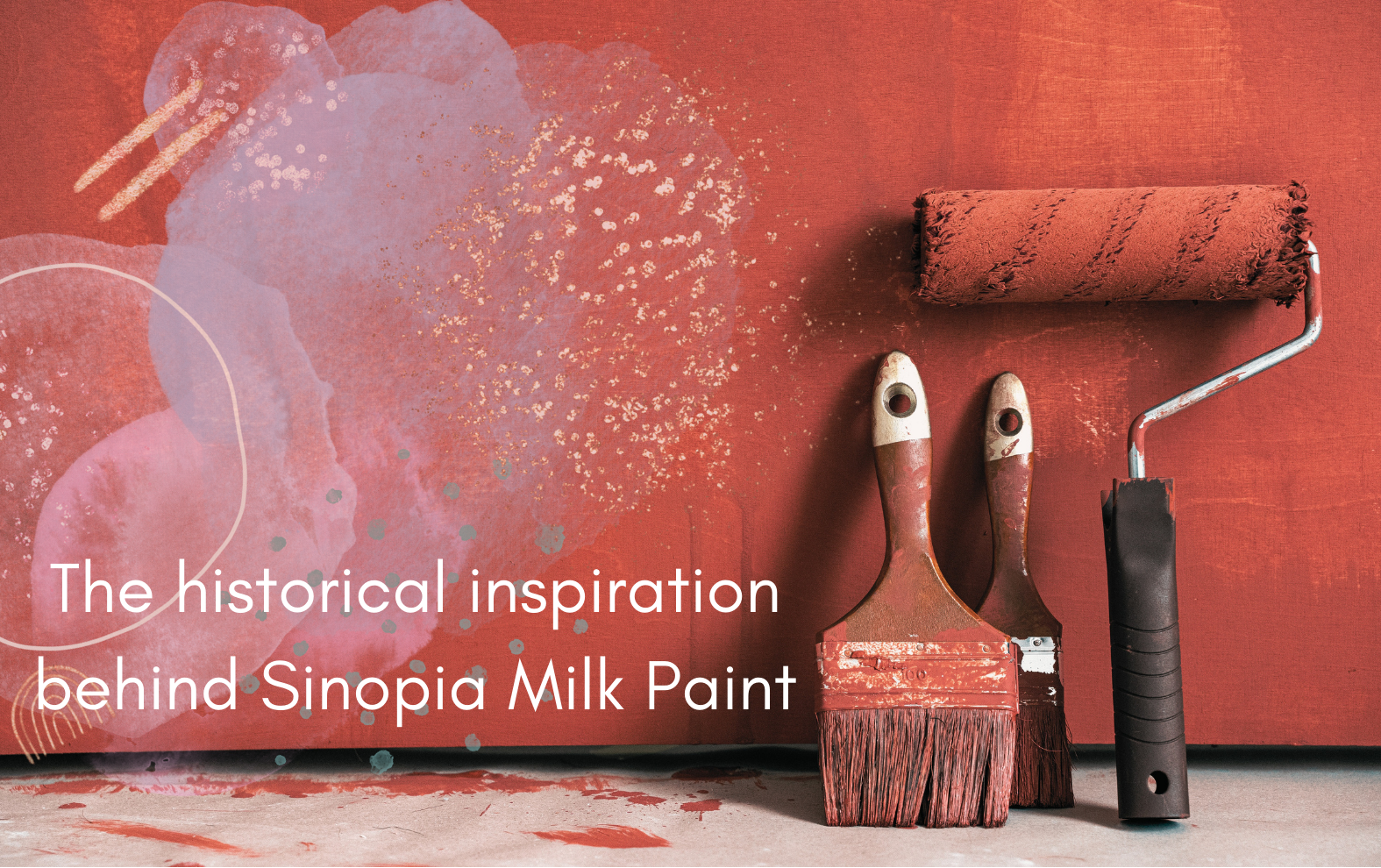About
The term Milk Paint has gained a prominent name in recent years....
........but what exactly is Milk Paint? Milk Paint is based on the binder Casein, which is a protein extracted from milk. If used properly, casein can be a very powerful binder.
The history of casein goes back thousands of years to ancient Egypt, where Milk Paint was found in the pyramids. In recent centuries, casein was the most common binder in house paint and was a popular glue with woodworkers.
That all changed with the dawn of the acrylic polymer, which is a petroleum product. Now, all house paints, most adhesives and plastics are made from one form or another of acrylic. The industry exchanged the beauty of the casein binder for the convenience of the acrylic polymer, which could be manufactured in large volumes.
Casein is a labor intensive protein to produce. It takes multiple quarts of raw milk to create 1 ounce of pure casein powder. The casein powder has to then be activated with an alkali, in order to convert the protein into a glue. The whole process is akin to preparing powdered milk.
Recently, the term Milk Paint has become very popular. We understand that the wholesome label of Milk Paint can be very attractive. Much of what is being sold as Milk Paint either contains very little to no casein, is prepared with a lot of measuring and weighing and often yields an impractical paint, that can only be used in a limited range of applications.
We at Sinopia have gone back into the old manufacturing manuals and developed a true milk paint that is easy to use, is all natural and durable.
In selecting the Sinopia Milk Paint palette, Sinopia's owner Alex Warren spearheaded the process by focusing on color trends that he has seen emerge in his 25 years of selling pigments. Additionally, he has drawn inspiration from his travels and chosen colors that are characteristic of the regions Alex Warren has visited.
To learn more about the origin of our Milk Paint, watch this documentary on Alex Warren and the inspiration behind our Milk Paint

